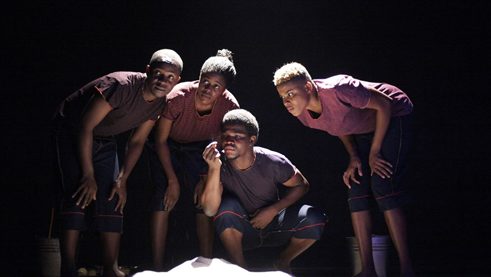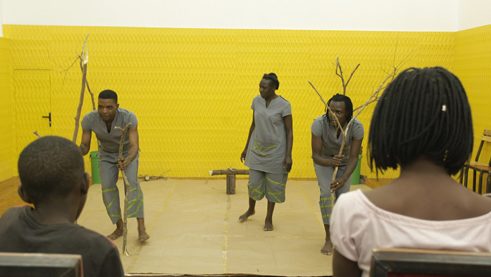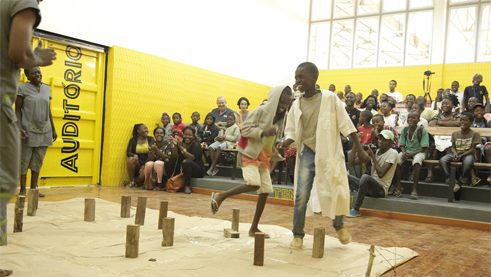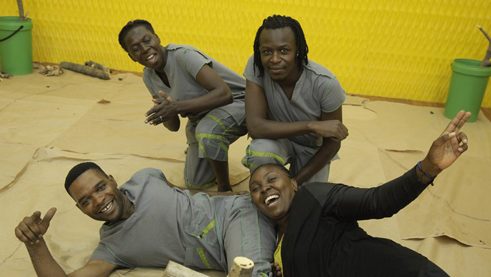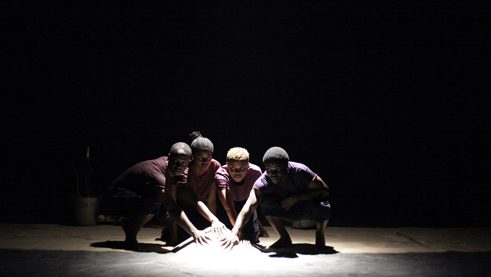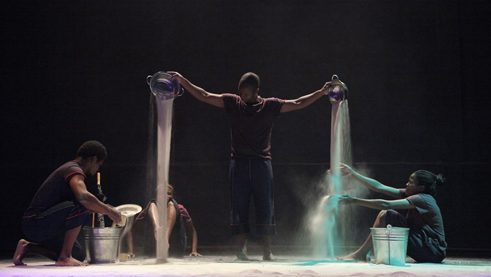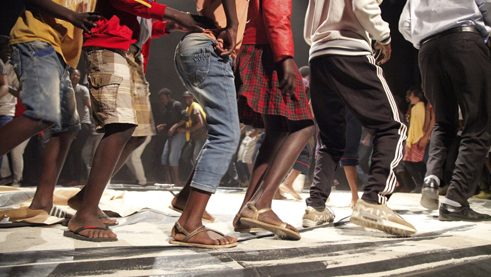Theatre Festival in Luanda
Performances with Wood and Sand
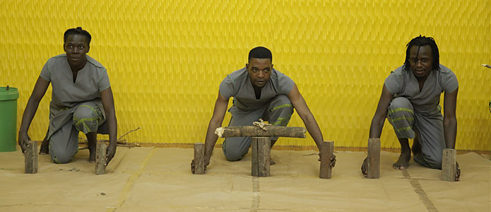
Woodways and Sandscapes: Theatre ensembles with children and adolescents from Kenya, Cameroon, Zimbabwe and Nigeria were guests of the FESTECA theatre festival in Luanda. Their plays addressed how people encounter the raw materials of wood and sand. Both of the productions are wordless.
Luanda, the capital of the oil nation of Angola, has made headlines in recent years mainly as being the “most expensive city in the world.” The oil boom has, however, passed by the majority of Luanda’s approximately eight million inhabitants without a trace. They continue to live in mostly poor suburbs, yet despite adversity, they have not lost their creativity.
Cultural events in the city centre are too expensive for the residents of these neighbourhoods and hardly accessible due to the heavy traffic. There are therefore many self-organized cultural initiatives that focus on music as well as on other forms of expression.
One of the most dedicated projects of this kind is the FESTECA theatre festival, which has been held every July since 2006 in Cazenga, the largest suburb of Luanda with over one million inhabitants. The FESTECA organisers are largely self-sufficient: hardly any grants are available from officials and donations from NGOs or charitable institutions are received only rarely.
Nevertheless, the FESTECA activists have managed to set up their own cultural centre with an event venue, the ANIMART, which has become a meeting point in Cazenga not just for theatre enthusiasts, but also for fans of music and fashion.
Wood and sand brought to life
Since 2016, the Goethe-Institut Angola has been collaborating with FESTECA and has contributed to the festival with guest performances, workshops and lectures. In July 2017, two children's theatre productions, Woodways and Sandscapes, which were created in cooperation with the Goethe-Institut South Africa, Helios Theater Hamm and the South African Magnet Theatre, were invited to the festival.Woodways is about people’s encounters with the raw material of wood in its various forms – branches, roots, seeds – and its transformation into fuel and building material. It playfully explores the archaic experience of the use of wood.
Sandscapes is literally built upon sand, which covers the entire stage. Initially static, in the hands of the actors the material becomes a sensory substance in which they draw shapes and symbols. In the end, the sand trickles through their fingers, rattles on plastic sheeting and umbrellas, is hurled from a pail through the air and drifts between their legs.
Both plays function without spoken words; even more important since the members of both participating ensembles come from Cameroon, Kenya, Nigeria and Zimbabwe and therefore cannot communicate in Portuguese, the language spoken in Angola. They instead communicate with the audience using gestures and facial expressions along with song and dance into which the audience is integrated and later encouraged to join in on stage.
